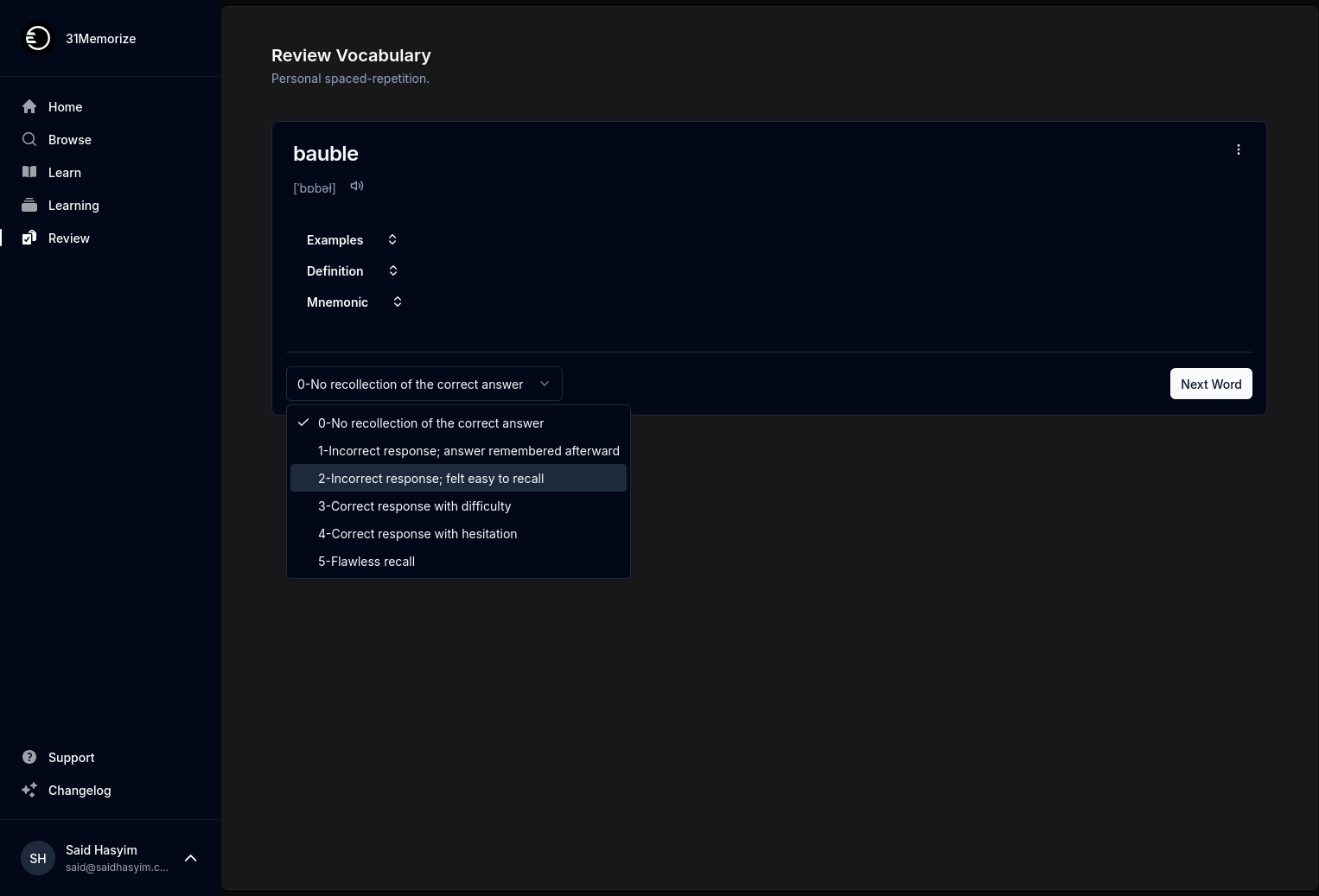Reader Sentiment: Understanding Your Book's Impact
As a writer, the journey doesn’t end once you type “The End.” The real adventure begins when your book reaches the hands of readers. Understanding reader sentiment is crucial not only for gauging your book’s impact but also for shaping your future writing. This blog post delves deep into the nuances of reader sentiment, how to interpret it, and its significance for authors.
What is Reader Sentiment?
Reader sentiment refers to the emotional responses and perceptions that readers have towards a book. It encapsulates their experiences, feelings, and interpretations of the story, characters, style, and overall message conveyed by the author. While reviews and ratings can provide some quantitative insight, reader sentiment goes beyond mere numbers; it captures the complex emotional landscape of a reader’s experience.
Why Reader Sentiment Matters
Connection with Readers: Understanding how readers feel about your book helps to foster a connection between you and your audience. When readers feel seen, heard, and understood, they are more likely to become loyal supporters of your work.
Feedback for Improvement: Reader sentiment serves as valuable feedback that can guide you as a writer. It highlights what resonates with your audience and what aspects might need refinement in future works. Constructive criticism is an opportunity for growth and learning.
Marketing Insights: Understanding the emotional triggers that engage readers can inform your marketing strategies. Recognizing what elements of your story elicit strong emotional responses can help you craft compelling promotional materials that resonate with potential readers.
Building a Community: Readers who share strong sentiments about your work often seek to connect with others who feel the same way. By paying attention to reader sentiment, authors can engage with their audience more meaningfully, fostering a vibrant community around their books.
How to Gauge Reader Sentiment
1. Reviews and Ratings
Online platforms like Goodreads, Amazon, and personal blogs provide a wealth of reader reviews and ratings. Look for patterns in what readers write—common themes, recurring praises, or criticisms. Pay attention not just to the star ratings but to the accompanying text as well.
2. Social Media Interactions
Keep an eye on social media platforms where readers discuss books. Hashtags related to your book can reveal candid sentiments as readers share their thoughts. Engaging in these conversations can provide insight into how your work is being perceived.
3. Reader Surveys
Consider creating surveys that invite your readers to share their thoughts. You can inquire about specific elements of your book (character development, pacing, themes) and gauge overall sentiment. Be open to both positive and negative feedback, and consider offering incentives for participation to increase response rates.
4. Book Clubs and Discussion Groups
Participating in or observing book clubs can provide a direct line to reader sentiment. Hearing readers discuss your book can reveal insights you might not have considered. If possible, join in on discussions to engage and understand their perspectives firsthand.
5. Reader Forums and Blogs
Engage with online forums and blogs where readers discuss books in your genre. Platforms like Reddit or dedicated book blogs often house discussions that can offer nuanced views on reader sentiment.
Interpreting Reader Sentiment
Interpreting reader sentiment is an art as much as it is a science. Here are some tips to help you process the feedback you receive:
Look for Trends: Individual reviews can be subjective; however, trends across multiple reviews can indicate common sentiments. If several readers mention a particular aspect, such as character depth or pacing, consider it a focal point.
Distinguish Between Constructive Criticism and Negativity: Not all negative feedback is harmful. Understand what constructive criticism looks like, and separate it from personal attacks. Gauge whether the criticism provides actionable insights.
Revisit Your Intentions: Reflect on the intentions behind your writing. If readers are deriving meanings that clash with your goals, it may be worth examining the clarity of your message.
Account for Diversity in Sentiments: Every reader brings their own experiences and biases to a text. Acknowledge the diversity of responses; they enrich the tapestry of reader interaction with your work.
Responding to Reader Sentiment
Once you have gathered insights on reader sentiment, consider how you can respond. Here are a few approaches:
Acknowledge Feedback: When readers offer criticism or praise, acknowledging their input creates a sense of connection. If you engage with them on social media or in a newsletter, express gratitude for their insights.
Join the Conversation: Engaging with reader comments can help clarify misunderstandings and deepen the discussion. Answer questions, provide behind-the-scenes insights, or share your thoughts on their observations.
Consider Incorporating Feedback: While every piece of feedback doesn’t necessitate a change, keeping your audience in mind can guide future projects. Consider which sentiments resonate with you and how they can influence your next work.
Conclusion
Understanding reader sentiment is an essential part of an author's journey. It goes beyond finding out whether readers liked or disliked your book; it is about comprehending the emotional impact your story has on readers. By actively seeking and interpreting reader sentiment, you can grow as a writer, connect with your audience, and even cultivate a community around your literary creations. After all, writing is not just a solitary endeavor—it is a dialogue between you and your readers that continues long after the pages close.
Embrace this dynamic interaction, and let it guide you as you forge ahead in your writing journey. Your readers, after all, are your most valuable allies in shaping the impact of your stories.
